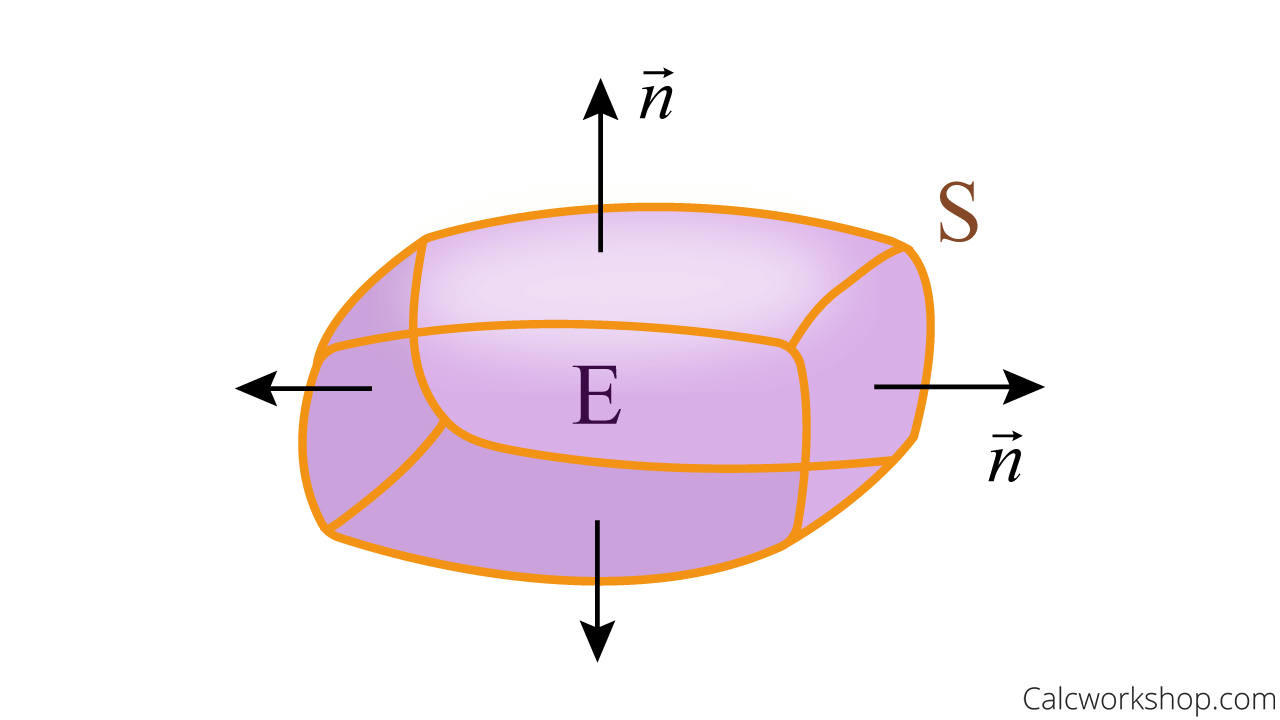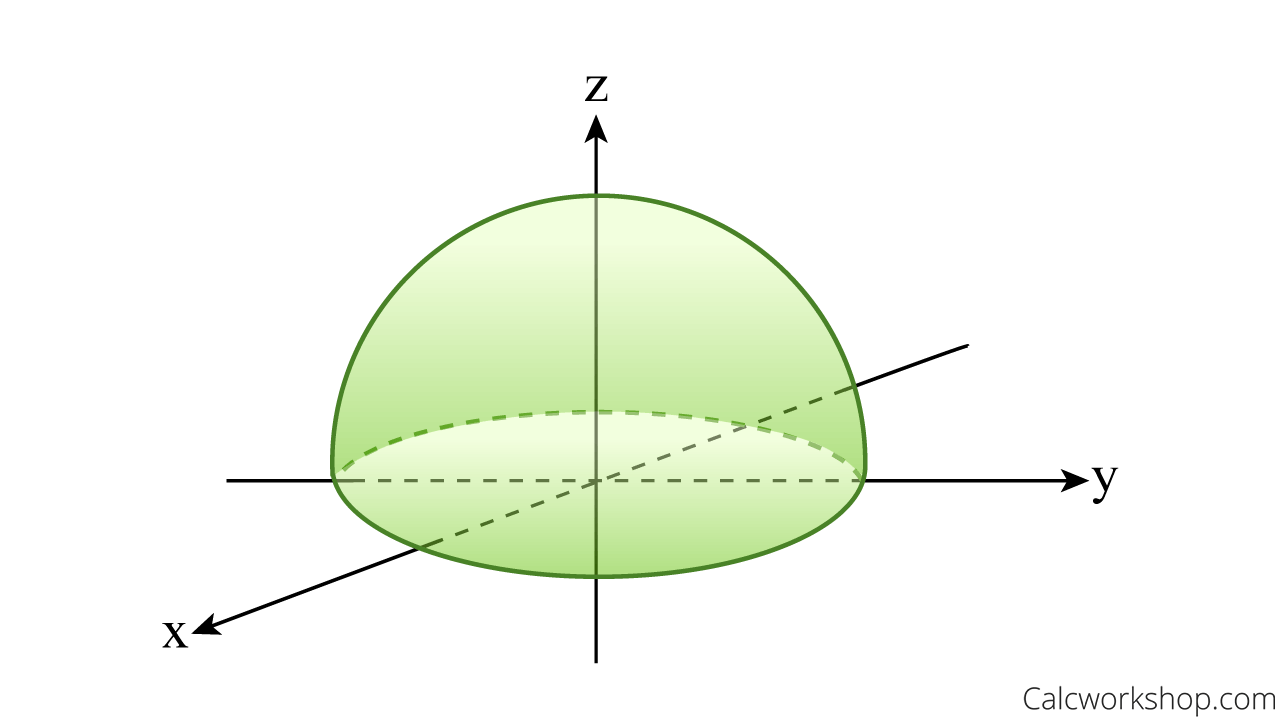Did you know that we can see the divergence theorem at work in some of our tastiest desserts?

Jenn, Founder Calcworkshop®, 15+ Years Experience (Licensed & Certified Teacher)
Imagine making a light and airy cream puff or éclair for dessert. The pate a choux dough is baked to perfection and is ready to be filled with some yummy pastry cream.
But let’s assume that the cream puff is rigid and does not expand when filled with cream.
What will happen?
Some of the pastry cream will eventually leak out of the puff.
And this is the idea behind the divergence theorem!
Divergence Theorem
Simply stated, the divergence theorem, also called Gauss’ theorem, states that the total expansion of a fluid or gas (or pastry cream) inside a closed surface is equal to the fluid escaping the closed surface.
Remember, a vector field
This means we can turn our surface integral (flux integral) into a triple integral over the volume enclosed by the surface.
Formula
Let

Divergence Theorem Geometric Interpretation
Therefore, that divergence theorem represents the net rate of outward flux per unit volume and plays a significant importance to the field of mathematics and engineering, in particular, electrostatics and fluid dynamics.
Cool!
Also, it’s important to note that if there is net flow “out of” the closed surface (i.e.,
Example
Let’s look at an example.
Evaluate the surface integral using the divergence theorem
First, we will calculate
.
Next, we will find our limit bounds. Because we are told that a hemisphere bounds our region, we should use spherical coordinates.
Bounded Region Hemisphere
And since
is a hemisphere is has rotation around the xy-plane such that , and the angle from the top of the hemisphere (positive z-axis) to the bottom of the plane is we know that Now we’re ready to evaluate our triple integral knowing that
, , , and . And we must not forget the Jacobian determinate, , for spherical coordinates!
Easy, right!
Recap
So, let’s quickly recap some important concepts about Gauss’s divergence theorem.
- The divergence theorem tells us that the flux of
- The divergence theorem equates a surface integral across a closed surface
- The divergence theorem is a higher dimensional version of the flux form of Green’s theorem.
Nice.
And I bet the next time you shake a can of soda, pump air into a basketball or eat an éclair, cream puff, or jelly-filled donut, you’ll think of divergence theorem and smile!
Alright, let’s dive right into our lesson.
Video Tutorial w/ Full Lesson & Detailed Examples (Video)

Get access to all the courses and over 450 HD videos with your subscription
Monthly and Yearly Plans Available
Still wondering if CalcWorkshop is right for you?
Take a Tour and find out how a membership can take the struggle out of learning math.
